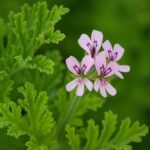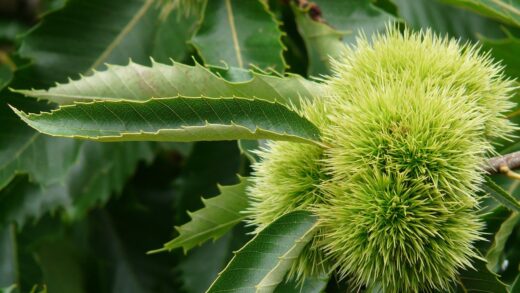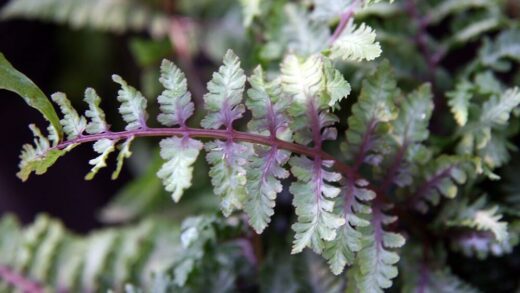The single most important environmental factor influencing the health, vigor, and flowering capacity of the brazilian jasmine is, without question, the amount of light it receives. As a plant native to the sun-drenched regions of Brazil, it has evolved to thrive in bright conditions, and its entire life cycle is driven by the energy it derives from sunlight through photosynthesis. Providing the correct intensity and duration of light is not just a suggestion for good care; it is the fundamental prerequisite for achieving the lush foliage and, most importantly, the profuse, show-stopping blooms that make this vine so popular. Understanding and meeting its specific light requirements is the first and most crucial step towards successful cultivation.
To put it simply, brazilian jasmine is a sun-loving plant that needs a significant amount of bright light each day to perform at its best. The ideal scenario is to provide it with at least six hours of direct sunlight daily. This consistent exposure to the sun’s energy is what fuels the production of the carbohydrates necessary for creating a strong root system, healthy leaves, and an abundance of flower buds. A plant that receives insufficient light will still grow, but its growth will be weak and ‘leggy’, characterized by long, stretched-out stems with sparse leaves as it reaches in search of more light. More significantly, a light-starved Mandevilla will produce very few, if any, flowers.
The quality of the sunlight is also an important consideration. While the plant loves sun, in very hot climates, the intense, scorching rays of the late afternoon sun can sometimes be too much. This harsh sun can lead to leaf scorch, which appears as brown, crispy patches on the foliage, and can cause the flowers to fade and wilt prematurely. Therefore, the perfect location often involves a balance. A spot that receives direct sun for the entire morning and then gets some light, dappled shade or protection during the hottest part of the afternoon is often considered the absolute ideal, providing ample energy without causing heat stress.
For gardeners in more northern latitudes or those with less-than-ideal sun exposure, it is still possible to grow a beautiful Mandevilla, but location selection becomes even more critical. You must seek out the sunniest, warmest microclimate available in your garden. This is often against a south-facing or west-facing wall or fence. These structures not only provide maximum sun exposure but also absorb and radiate heat, creating a warmer environment that the tropical Mandevilla will appreciate. Careful observation of how the sun moves across your garden throughout the day is key to identifying this prime real estate.
Reading the signs of incorrect light exposure
Your brazilian jasmine will provide you with clear visual cues if its lighting conditions are not right, and learning to interpret these signals is a key skill for any gardener. The most obvious sign of insufficient light is a lack of flowering. If your plant is healthy, green, and growing but simply refuses to produce buds, the first thing to suspect is that it is not receiving enough direct sun. This is the plant’s way of conserving its limited energy for vegetative growth rather than expending it on the energy-intensive process of reproduction.
More articles on this topic
Another tell-tale sign of inadequate light is etiolation, or leggy growth. The plant will develop unusually long spaces between the leaves on its stems, known as internodes. The stems themselves may be thinner and weaker than normal, and the overall appearance of the plant will be sparse and spindly rather than full and bushy. The leaves may also be smaller than average and a paler shade of green. This is the plant physically stretching itself out in an attempt to reach a brighter light source.
Conversely, it is also possible for a brazilian jasmine to receive too much direct, intense sunlight, especially in hot, arid climates. The most common symptom of this is leaf scorch. You will notice yellow or brown, dried-out patches appearing on the leaves, particularly on the parts of the plant most exposed to the sun. The leaves may also curl at the edges or take on a bleached, washed-out appearance. The vibrant colors of the flowers can also fade quickly in overly intense sun, and the blooms themselves may be short-lived.
If you observe any of these symptoms, it is a clear indication that you need to take corrective action by moving the plant. If the signs point to too little light, relocate the container to a sunnier spot in your garden. If the issue is sun scorch, move the plant to a location where it will be shielded from the harshest of the afternoon sun, perhaps under the canopy of a larger tree or on the east side of your home where it will only receive the gentler morning light. This responsiveness to the plant’s needs is central to good horticultural practice.
Light needs for indoor and overwintering plants
When a brazilian jasmine is brought indoors to be overwintered, its light requirements change, but they do not disappear. If you are trying to keep the plant in a state of active growth as a houseplant throughout the winter, which is generally not recommended but is possible, you will need to provide it with the brightest possible location. This means placing it directly in a south-facing window where it can receive the maximum amount of direct sunlight available during the shorter winter days. Even in the sunniest window, the light intensity indoors is significantly lower than it is outside, so you may need to supplement with a grow light to prevent the plant from becoming weak and leggy.
More articles on this topic
However, the more common and recommended method for overwintering is to allow the plant to go dormant in a cool, bright location. In this scenario, the plant’s need for light is reduced because it is not actively photosynthesizing or growing. While it no longer needs hours of direct sunlight, it should not be placed in complete darkness. A location near a window in a cool basement or an unheated garage provides enough ambient light to keep the plant’s basic systems alive without encouraging it to produce new growth.
For this dormant period, bright, indirect light is perfectly sufficient. The goal is simply to provide enough light to maintain the health of the stems and the root system until spring arrives. The plant may lose most or all of its leaves during this time, which further reduces its need for light, as there are no leaves left to perform photosynthesis. This period of rest in low-light, cool conditions is a natural part of the plant’s cycle that allows it to store energy for a vigorous burst of growth when it is returned to the high-light conditions of the outdoors in spring.
For those who choose to overwinter small, rooted cuttings instead of a large dormant plant, the light requirements are different again. These young plants will need bright light throughout the winter to continue to develop and establish a strong root system. A spot on a very bright windowsill is essential, and supplementing with a full-spectrum grow light for 12 to 14 hours a day is highly beneficial. This will ensure you have a strong, healthy, and actively growing young plant ready to take off as soon as it is moved outside in the spring.
The role of light in flowering
The relationship between light and the flowering of a brazilian jasmine is direct and undeniable. The process of forming buds and producing flowers is an extremely energy-intensive activity for any plant. This energy is generated almost exclusively through photosynthesis, the process by which a plant uses light energy to convert carbon dioxide and water into sugars, which are its food. Therefore, abundant light directly translates into abundant energy, which in turn fuels abundant flowering. It is as simple and as critical as that.
The duration of light, or the photoperiod, also plays a role. Mandevilla plants are stimulated to flower by the long days and high light intensity of summer. When the plant receives many hours of bright sunlight, its internal processes are triggered to shift from vegetative growth (producing leaves and stems) to reproductive growth (producing flowers). This is why flowering typically begins in late spring, peaks in the summer, and then naturally begins to wane as the days become shorter in the autumn.
Without sufficient light, the plant will prioritize its survival. It will use what little energy it can produce from the limited light to maintain its essential life functions and perhaps produce a few leaves to try and capture more light. It will not have the surplus energy required to engage in the luxury of flowering. This is why a perfectly green and seemingly healthy plant that is kept in a shady location will steadfastly refuse to bloom. It is not being stubborn; it is simply operating in survival mode.
To maximize the floral display, therefore, the gardener’s primary goal must be to maximize the plant’s exposure to sunlight, within its tolerance levels. This ensures the plant is constantly photosynthesizing at a high rate, creating a large energy reserve. This stored energy is then allocated to the production of a continuous stream of new buds and flowers throughout the entire growing season. Providing optimal light is the most effective “bloom booster” a gardener can provide, far more impactful than any fertilizer or soil amendment alone.
















